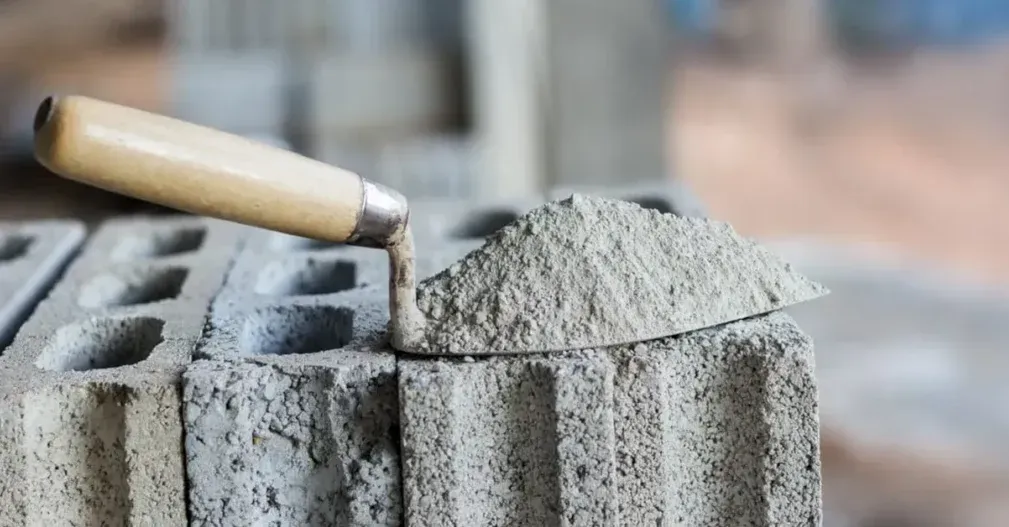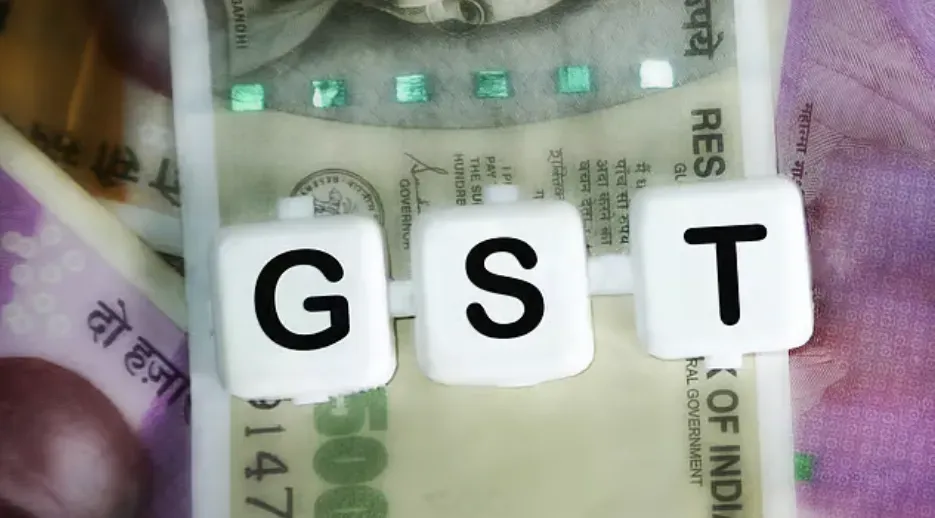GST Rate Cuts on Construction Materials: A New Chapter for Indian Homebuyers and Investors

By
Shrusti Naik
Posted on September 4, 2025. 10 mins

GST Rate Cuts on Construction Materials: A New Chapter for Indian Homebuyers and Investors
Introduction

For most Indians, the dream of owning a home is closely tied to financial planning, life milestones, and long-term security. Yet one of the biggest barriers to housing affordability has always been construction costs. Developers face steep input expenses, much of which are passed on to buyers. But in September 2025, the Goods and Services Tax (GST) Council announced a landmark decision that could shift this equation: a reduction in GST rates on key construction materials, most notably cement.
Cement, one of the most critical inputs in real estate, has seen its GST rate slashed from 28% to 18%. Several other materials, including granite blocks, bricks, wooden flooring, and veneers, have also dropped to 5% (Source: Times of India, Sept 2025). For both homebuyers and developers, this change offers the possibility of lower prices, improved project viability, and renewed housing demand.
Why Construction Costs Matter
In real estate development, construction inputs typically account for 40-45% of overall project costs (Source: Tribune India, Sept 2025). Cement, steel, and related materials are not just commodities; they form the backbone of structural integrity and dictate large parts of budget allocation.
For example, in a mid-segment housing project, cement alone can contribute nearly 12-15% of total construction costs. Taxes on such inputs create a cascading effect: higher upfront costs for developers, longer breakeven timelines, and ultimately, higher property prices for buyers.
By reducing the tax burden on these essentials, the GST Council has effectively provided developers with more breathing room, an incentive to pass benefits on to buyers and maintain competitive pricing. Besides, read our Latest Blog on Union Budget 2025.
Immediate Impact of GST Rate Cuts
The numbers speak for themselves:
- Cement GST rate: Reduced from 28% → 18%.
- Granite blocks, bricks, veneers, and wooden flooring: Reduced to 5%.
- Overall cost reduction: Industry experts suggest a 3-5% decrease in total construction expenses (Source: Business Standard, Sept 2025).
This reduction may seem modest at first glance, but in a ₹100 crore housing project, even a 3% savings translates into ₹3 crore, capital that can accelerate delivery timelines, improve developer margins, or allow more competitive pricing strategies. Also, read our Latest Blog on What Promises Better Returns: Realty or Other Assets.
Affordable Housing Gets a Boost
The segment likely to benefit most is affordable housing, typically priced below ₹40 lakh. This sector has struggled in recent years due to escalating input costs and limited financing options. Lower construction expenses could revive stalled projects and bring more units to market at price points accessible to first-time buyers.
Additionally, government-backed initiatives like the Pradhan Mantri Awas Yojana (PMAY) align with this cost relief, creating a fertile environment for developers to re-enter the affordable housing space with renewed confidence. For buyers, this translates to:
- Better payment plans from developers.
- Increased supply of mid- and lower-segment homes.
- Enhanced trust that projects will be completed on time.
Check out this Property Management for NRIs: A Seamless Guide to Handling Your Indian Assets from Abroad
Ripple Effects for Developers and Investors
For developers, lower GST on materials enhances financial viability. Reduced working capital requirements allow for faster scaling and more aggressive land acquisition strategies. With margins freed up, developers can reinvest in quality, technology, and sustainable design, factors that appeal to both domestic and NRI buyers.
For investors, this moment signals opportunity. Demand for mid-segment housing is expected to grow, particularly in urban hubs like Mumbai, Pune, Bengaluru, and Hyderabad, where affordability concerns have long limited buyer participation. Lower input costs give developers room to negotiate, making pre-launch and under-construction projects more attractive investment vehicles. Also, Read our Blog on GST on Real Estate.
What This Means for the Indian Homebuyer
For homebuyers, the benefits are both tangible and psychological. On the tangible side, lower project costs increase the possibility of attractive entry prices, flexible payment structures, and incentives like waived registration fees or interior upgrades. On the psychological side, the GST cut sends a signal of government support for housing affordability, improving consumer confidence in long-term investments like real estate.
A potential 3-5% reduction in property pricing can make a significant difference in cities where average home loan EMIs are already high. For example, on a ₹70 lakh apartment, a 3% reduction equates to savings of over ₹2 lakh, an amount that could cover furnishing, registration, or part of the down payment.
A Push Toward Market Stability
The Indian real estate sector has seen cycles of boom and slowdown, often linked to policy decisions, interest rates, and raw material costs. The GST rate cut represents a stabilizing force in this equation. It is expected to:
- Improve liquidity in the sector.
- Reduce stalled projects caused by escalating costs.
- Increase transparency and trust between developers and buyers.
When combined with falling home loan interest rates, currently averaging around 8.3-8.5% in 2025 (Source: RBI, June 2025), this move creates a dual benefit, easing both supply-side and demand-side pressures. Also, read our guide on Maharashtra Government ‘One State One Registration’ Scheme.
Conclusion

The GST Council’s decision to cut tax rates on cement and construction materials is more than a technical adjustment, it is a structural shift for Indian housing. Developers gain cost relief, investors see improved margins, and homebuyers stand to benefit from more affordable pricing and revived project pipelines.
As India continues to urbanize, with nearly 40% of its population projected to live in cities by 2030 (Source: Invest India, 2025), demand for housing will only intensify. These tax reforms, therefore, arrive at a pivotal moment, reinforcing real estate as both a personal aspiration and an investment class.
For those in pursuit of their dream home, investment opportunities, or a sanctuary to call their own, Jugyah provides top housing solutions with its intelligent technology.
Frequently Asked Questions
Q1. Will the GST rate cut immediately lower property prices? Not overnight. Developers will likely adjust pricing over the next few months as ongoing projects realign budgets. New launches are expected to reflect more competitive pricing.
Q2. Does this benefit luxury housing as well? Yes, though the impact is more significant in affordable and mid-segment housing where cost sensitivity is higher. In luxury housing, developers may pass savings into design upgrades rather than price cuts.
Q3. How much can a homebuyer actually save from these cuts? Depending on the project, buyers could see effective cost reductions of 3–5%. On a ₹50 lakh home, that translates to savings of ₹1.5–2.5 lakh.
Q4. Will construction timelines improve because of lower costs? Yes, developers with reduced input costs may face fewer cash flow challenges, leading to faster project completion and fewer delays.
Q5. How does this decision affect long-term real estate investment? It improves investor confidence, particularly in under-construction properties, by enhancing developer margins and reducing project risks. For investors, this means better returns and reduced exposure to stalled developments.